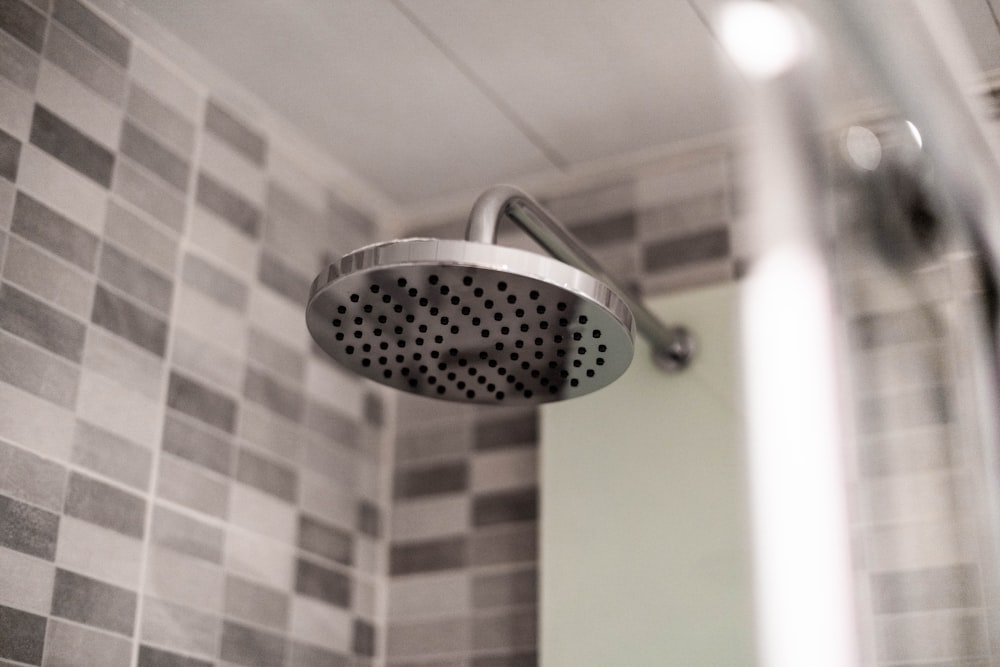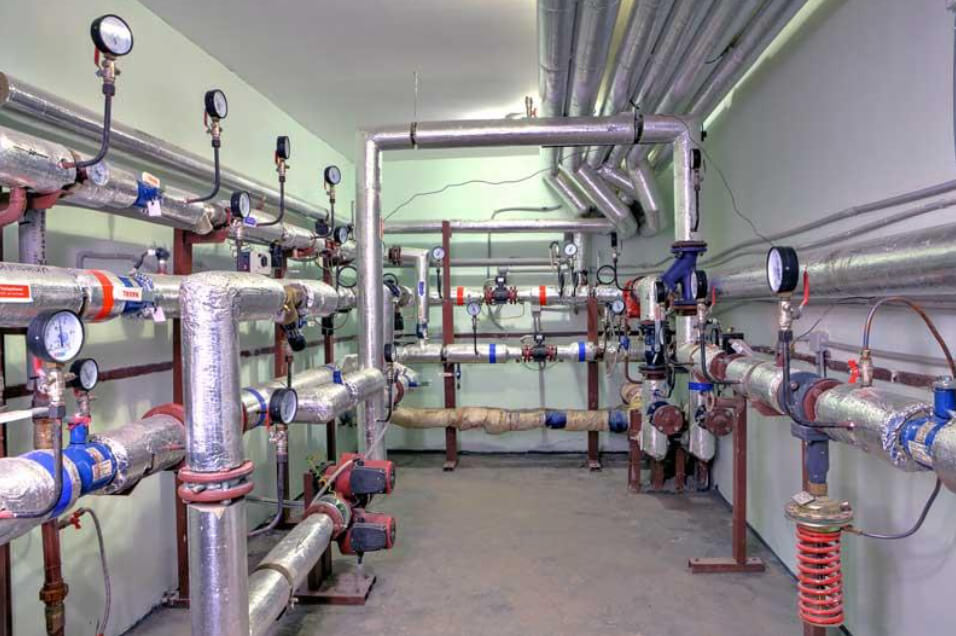Spider Plant Care: Tips for Healthy Growth
Introduction
Spider plants, scientifically known as Chlorophytum comosum, are popular indoor plants known for their air-purifying properties and easy care requirements. In this article, we’ll delve into essential tips for ensuring the healthy growth of spider plants in your indoor spaces.
Choosing the Right Location
One of the key factors in spider plant care is choosing the right location for them within your home. These plants thrive in indirect sunlight, making them perfect for areas with bright, filtered light. Avoid placing them in direct sunlight, as this can lead to sunburn on their delicate leaves.
Optimal Temperature and Humidity
Spider plants prefer temperatures between 55°F and 80°F (13°C to 27°C). Keep them away from drafty areas and extreme temperature fluctuations. Maintaining a moderate humidity level of around 40% to 60% is ideal for spider plants, ensuring they stay healthy and vibrant.
Watering Routine
Proper watering is crucial for spider plant care. Water your spider plant when the top inch of soil feels dry to the touch. Ensure thorough watering, allowing excess water to drain out of the pot to prevent waterlogging, which can lead to root rot. During winter months, reduce watering frequency to accommodate their dormant period.
Soil and Potting
Use well-draining soil for spider plants to prevent waterlogged roots. A mixture of potting soil, perlite, and peat moss works well. Repotting annually or when the plant outgrows its current pot is beneficial for healthy root growth and overall plant vitality.
Fertilization
Spider plants don’t require frequent fertilization but benefit from occasional feeding during their active growing season, typically from spring to fall. Use a balanced, water-soluble fertilizer diluted to half strength to avoid fertilizer burn.
Pruning and Maintenance
Regular pruning helps maintain the attractive appearance of spider plants. Remove yellow or brown leaves, spent flowers, and any leggy growth to encourage new growth and keep the plant looking tidy. Grooming also helps prevent pests and diseases.
Propagation
Spider plants are easy to propagate, making them great for sharing with friends and expanding your plant collection. Propagate them through division or by planting the plantlets (spiderettes) produced by mature spider plants. Place the plantlets in water or soil to encourage root development.
Pest and Disease Management
Spider plants are relatively resistant to pests and diseases. However, occasional issues like spider mites, mealybugs, or leaf spot diseases may occur. Monitor your plants regularly for any signs of pests or disease, and treat them promptly using organic methods or suitable insecticides.
Benefits of Spider Plants
Aside from their aesthetic appeal, spider plants offer several benefits to indoor environments. They are excellent air purifiers, removing toxins like formaldehyde and benzene from the air. Their low maintenance needs and ability to thrive in various conditions make them popular choices for both novice and experienced plant enthusiasts.
Conclusion
In conclusion, spider plants are versatile and rewarding indoor plants that add beauty and health benefits to your living spaces. By following these essential care tips, you can ensure the healthy growth and longevity of your spider plants, enhancing the greenery and air quality in your home. Read more about common indoor plants











